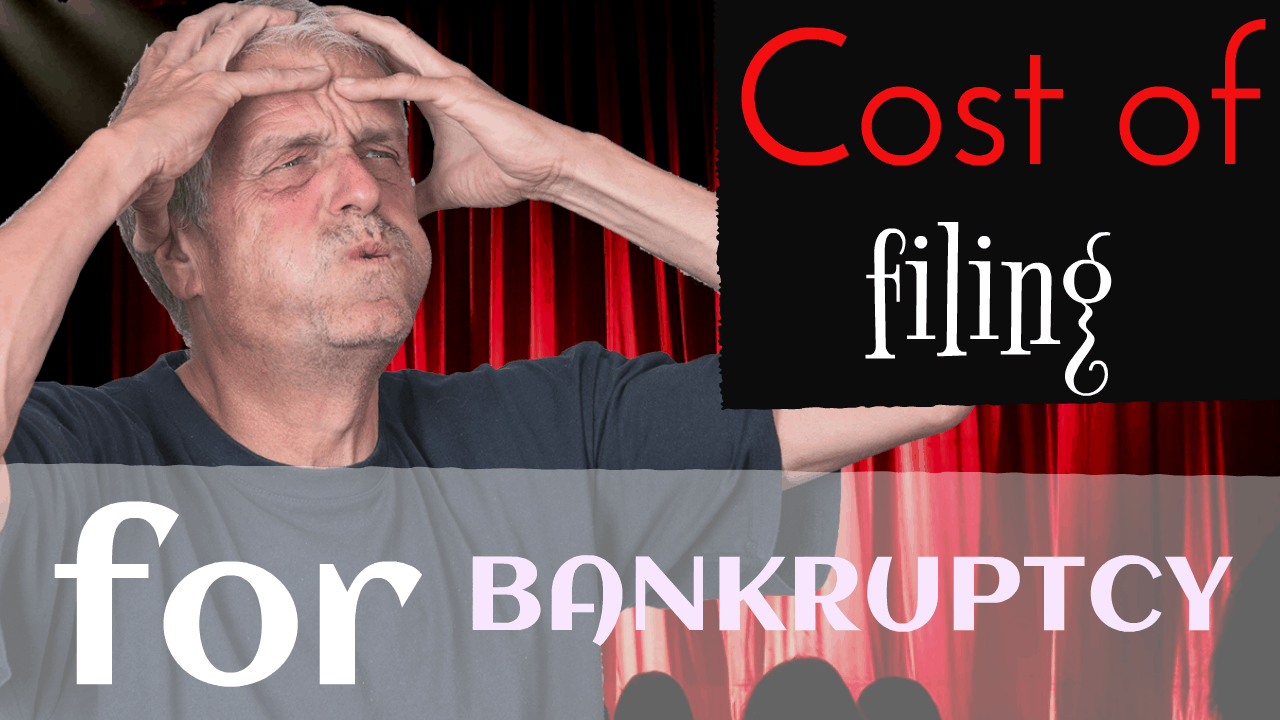 Prenuptial agreements make families stronger: Introduction
Prenuptial agreements make families stronger: Introduction
Every time we hear about another celebrity divorce, there’s talk about their prenup. But prenups are not new, nor are they only for the rich and famous. In fact, prenups have been around for thousands of years and historians believe they were first used in ancient Egypt. Prenuptial agreements make families stronger by hopefully, stating clearly what happens if divorce occurs.
The reality is that with the divorce rate as high as it is (over 40% in Canada and over 50% in the U.S.) prenups make good financial sense for everyone. I know it’s not romantic to plan for when divorce or death happen, but should the worst happen, you’ll be prepared and protected. In this blog, we focus on married couples, but keep in mind most of this applies to people living in a cohabitation arrangement too. We are not lawyers and this blog is not meant to give legal advice. We recommend you seek the advice of an experienced family law lawyer in dealing with any situation.
Prenuptial agreements make families stronger: Prenuptial agreements definition
What is a prenup? A prenup, or prenuptial agreement, is a legal agreement entered into before marriage. It establishes the financial and property rights of each spouse if divorce or death happens.
Prenuptial agreements make families stronger: Why prenups in Ontario?
Why should I get a prenup? As we discussed in our earlier blog, very few couples have had serious discussions about their finances before getting married. Many were not aware of the other’s debts or what their soon-to-be-spouse earned.
Even if you’ve avoided the discussion until now, a prenup will put everything on the table. It legally requires both parties to show all of their assets (including any debt) and will help you formalize your plans for the future. A prenup gives you control instead of the courts “just in case”.
Prenuptial agreements make families stronger: The practical reasons
There are many practical reasons why you should get a prenup. If divorce or death happens it can:
- Make sure that the divorce doesn’t turn into a war zone that takes no prisoners
- Prevent a long drawn out legal battle
- Protect spouses from each other’s debts
- Dictate how one spouse’s property can be passed on to children from a previous marriage
- Indicate whether one of the parties is to receive alimony
- Ensure that upon your death that your assets are distributed according to your wishes
- Prevent your spouse from owning a part of your business
- Decide who gets custody of the dog, cat or other pets
Prenuptial agreements make families stronger: Don’t be destroyed financially
Prenuptial agreements make families stronger: they aren’t just for the rich and famous – prenups in Ontario are for you too! They can protect you from the financial ravages of divorce.
We’ve seen many couples destroyed financially due to divorce and we could help them get back on track. The Ira Smith Team can help you too. Give us a call today and Starting Over, Starting Now we can set you on a path to debt free living.
Note: We are not lawyers and this blog is not meant to give legal advice. We recommend you seek the advice of an experienced family law lawyer in dealing with any situation.




